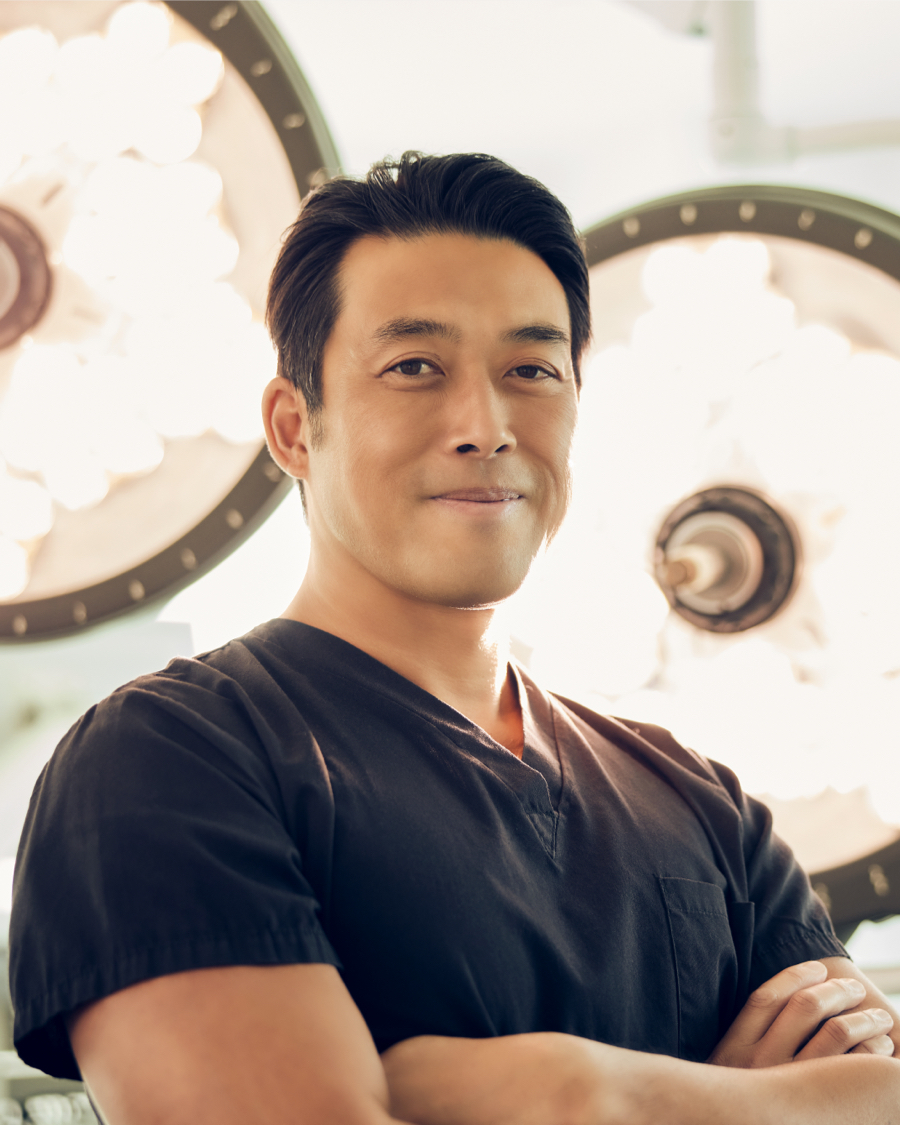Because individuals experience hair loss in different ways, a hair stage scale was created in the 1950s to help identify the progression of the patterns of hair loss. This scale was devised by Dr. James Hamilton, and later updated by Dr. O’Tar Norwood in the 1970s. Doctors, surgeons, and clinicians use this scale to determine accurate diagnoses for individuals, as well as identify the best treatment for each specific patient.
Why choose Dr. Ching for hair restoration?
Because hair loss can begin as early as puberty, it’s important to understand these stages and be aware of where you are on the scale. It’s also important that if and when you decide to go to a hair restoration specialist, you choose a board-certified plastic surgeon with experience, who knows exactly what they are doing.
Dr. Ching has a reputable background and extensive training, which began with graduating from McGill University in Montreal. He then earned his medical degree from the University of British Columbia, followed by a plastic surgery residency at McMaster University before earning his board certification. He then went on to found Asia Pacific Plastic Surgery, and later founded Hair Restoration Hawaii—the most experienced hair restoration practice in the area. Dr. Ching’s 15 years of experience in hair restoration, combined with the value of being a professional plastic surgeon, successfully makes him one of the best hair doctors in Hawaii.

Benefits of knowing the stages
One of the biggest benefits of having and understanding the Hamilton-Norwood Scale is that it helps determine if individuals are suffering from actual pattern baldness, if the hair loss is simply due to age, or if it’s being caused by something else. It essentially protects against misdiagnosis, which increases the chance for better outcome from treatment.
Stage One
Individuals in Stage One still have a regular, healthy full head of hair, with little or no signs of a receding hairline or baldness. This stage often isn’t even noticed.
Stage Two
During Stage Two, a person will see only slight evidence of a receding hairline. Recession is typically around the temples, and begins to move back from the face.
Stage Three
Hair loss begins to become more apparent during Stage Three. The hairline moves back even further, creating a U, W, or V shape when seen from above.
Stage Four
By Stage Four, the hair loss is more severe. There is little to no hair on the crown of the head, but there’s still a bit of hair between the crown bald spot and the receding hairline. In addition, the hair on the front of the head is thinning. The hairline recedes farther, and may resemble a deeper U shape when viewed from above.
Stage Five
At Stage Five, hair loss treatments begin to become more difficult. The progression of this stage is similar to Stage Four, but more drastic. There’s still a small section of hair between the receding hairline and the balding crown, but it’s getting thinner.
Stage Six
In Stage Six, the two bald areas join together, often creating a “horseshoe” shape. The small strip or patch of hair between them disappears. There may still be hair on the sides of the head, but the crown and front of the head are now mostly bald.
Stage Seven
At Stage Seven, an individual is considered bald. Any existing hair is extremely fine, and any hair that grows will be very thin and weak. The baldness now affects the sides of the head, until only a thin ring of hair goes around the outside of the head.
